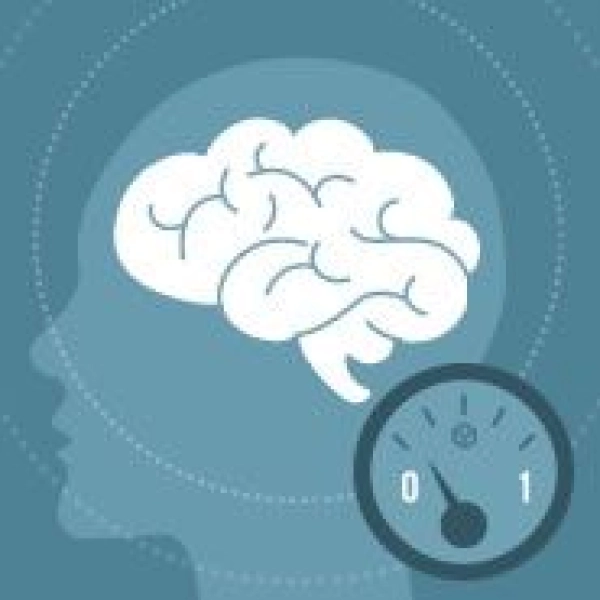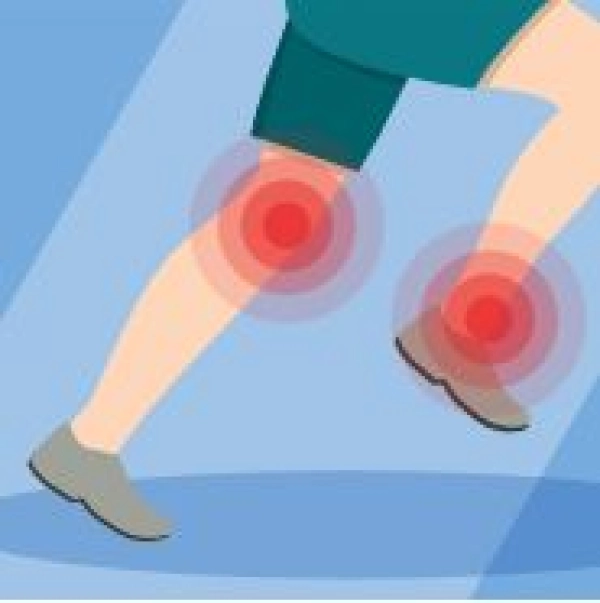Reject, rebel and accept diabetes
Receiving a diabetes diagnosis is a delicate moment, in which it is natural to have many questions. Medical psychology has identified a series of phases people go through, corresponding to periods of rejection, rebellion, negotiation, depression and active acceptance. It is not a one-way street: the progress from one phase to the next is not automatic and even during active acceptance you cannot rule out relapses into the previous stages.










